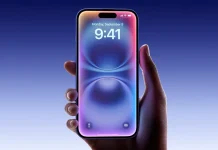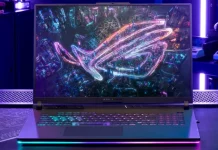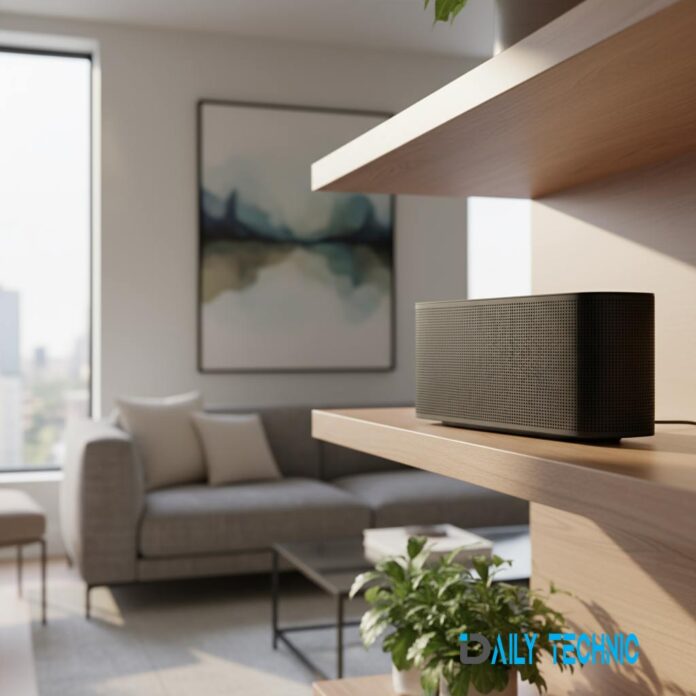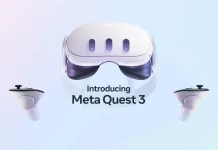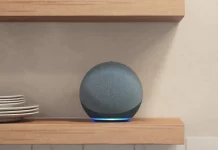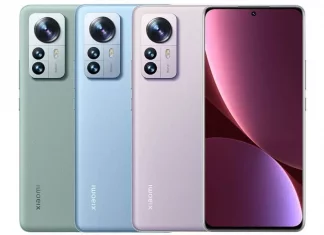Look, everyone knows Sonos makes fantastic speakers. But here’s the thing – if you go back and read old reviews, it wasn’t just the hardware people raved about. It was the app. (Notice I said “was.”)
The Sonos app used to be the crown jewel. It was basically your command center – one place where you could control all your speakers and access all your music, whether you’re streaming Spotify or playing files from your own collection. Simple, elegant, and worked beautifully.
Then 2024 happened. And Sonos… well, they basically shot themselves in the foot. Hard. They rolled out this app redesign that was half-baked at best and a total disaster at worst. Longtime Sonos fans were furious, and honestly, who could blame them?
Fast forward to now, late 2025. The good news? Most of the bugs are finally fixed. The features people actually liked have mostly come back. The bad news? It’s still not perfect – I deal with stability issues myself from time to time. But at least it’s functional again.
And just when things are getting back to normal, here comes AI knocking at the door, ready to potentially make the whole app obsolete anyway. Classic timing, right?
Look, I’m not saying ChatGPT is literally going to replace the Sonos app. But… honestly? It doesn’t sound that anymore, does it?
What Sonos really needs to worry about are the big players: Amazon, Google, Apple, and yes, even Spotify. These companies are going all-in on AI right now, supercharging their assistants and weaving them directly into their music platforms.
And the streaming services? They’ve been experimenting with AI music features for a while now. Remember when Tidal tried AI playlists back in 2023? (Yeah, they killed that pretty quickly.) Spotify launched their AI DJ around the same time, and it actually stuck. Then in 2024, they added AI-generated playlists. They even teamed up with OpenAI so you could build playlists right inside ChatGPT.
This is a double whammy for Sonos. First, “Music Intelligence” (that’s what Amazon’s calling it) is going to make Sonos’ admittedly great universal search look ancient. Like, remember-when-we-used-MapQuest ancient. Second, and this is the kicker – these AI assistants might end up controlling your Sonos speakers better than Sonos’ own app or their Voice Control feature ever did.
And the timing? Brutal.
When that app redesign disaster hit, people didn’t just sit around complaining – they started looking for workarounds. Some threw in the towel completely and got rid of their Sonos stuff. But plenty of others discovered something interesting: they didn’t actually need the Sonos app for most things.
Spotify and Tidal both have these “Connect” features that let you control compatible speakers straight from their apps. Works great. Qobuz just jumped on that bandwagon, too. iPhone users figured out that AirPlay could handle grouping speakers and basic controls almost as well as the official app.
Here’s the problem: now that these streaming apps are getting AI superpowers? A lot of those people who found alternatives during the dark days might never come back. Why would they?
How intelligent is Alexa+? Very.
Like, really smart. We’re talking about a totally different ball game here.
With Alexa+, you can have an actual conversation about music. Gone are the days of carefully crafting your request like you’re typing keywords into a search bar, then crossing your fingers that Alexa understood what you meant.
Now you can just… talk. Ask complicated, messy, human questions like: “Can you recommend new music that would make me seem cool to my 13-year-old daughter without trying too hard?” Or mid-song, you can say, “Play more songs like this but from different artists and with faster tempos.”
You know – the kind of thing that would’ve made old-school Alexa freeze up and hit you with that infuriating “I’m sorry, I don’t understand” response we all know too well.
And it’s not just music recommendations. Alexa+ can build complex playlists on the fly, answer questions about artists, dig into lyrics, and even tell you who’s playing at upcoming concerts. It actually gets what you’re asking for.
The good news? Sonos’ new CEO, Tom Conrad, actually gets it. Three months into the job, he told me something refreshingly honest: “No one wakes up in the morning and says, I want to spend some time in the Sonos app today.”
Ouch. But true.
He’s also paying attention to the AI explosion happening around him. During the company’s Q4 earnings call, he painted a picture for analysts: “Casting into the future, we see a world where live natural conversations with AI personalities are as commonplace as smartphones are today, and we believe Sonos’ expertise in Internet-connected voice-enabled personal hardware products for the home can position us as the center of these interactions.”
That’s corporate speak for “We know AI is coming, and we think we can be part of it.”
But here’s the big question: How?
Will Sonos pour resources into its own Voice Control and try to turn it into a legitimate Alexa+ competitor? Or will they stick with their tried-and-true approach of the last decade – playing nice with everyone else’s assistants and letting customers pick their favorite?
Either way, what happens next is make-or-break territory. Sonos needs to figure this out fast, because the stakes are existential: Do they stay in the driver’s seat of their users’ audio experience? Or do they become just another set of speakers – fancy ones, sure, but ultimately just dumb hardware controlled by Amazon, Google, or Spotify’s AI brains?
That would be a brutal irony. The company that basically invented the modern wireless speaker category, reduced to being remembered for how their speakers sound rather than how they work.







